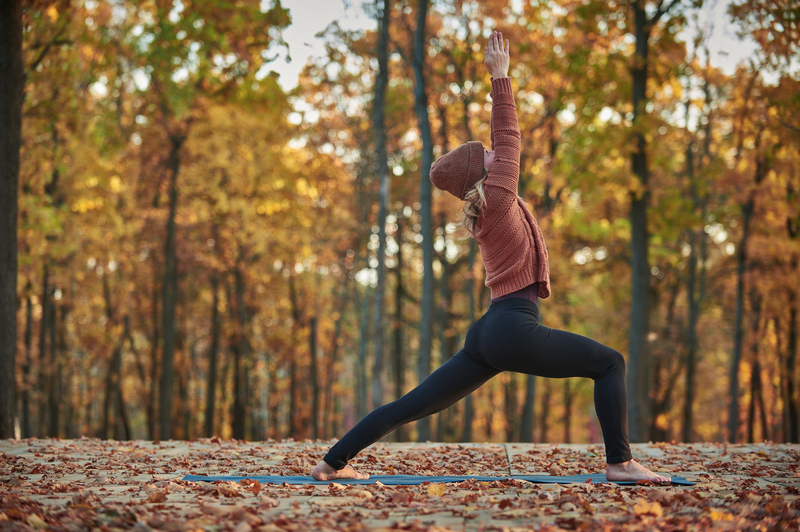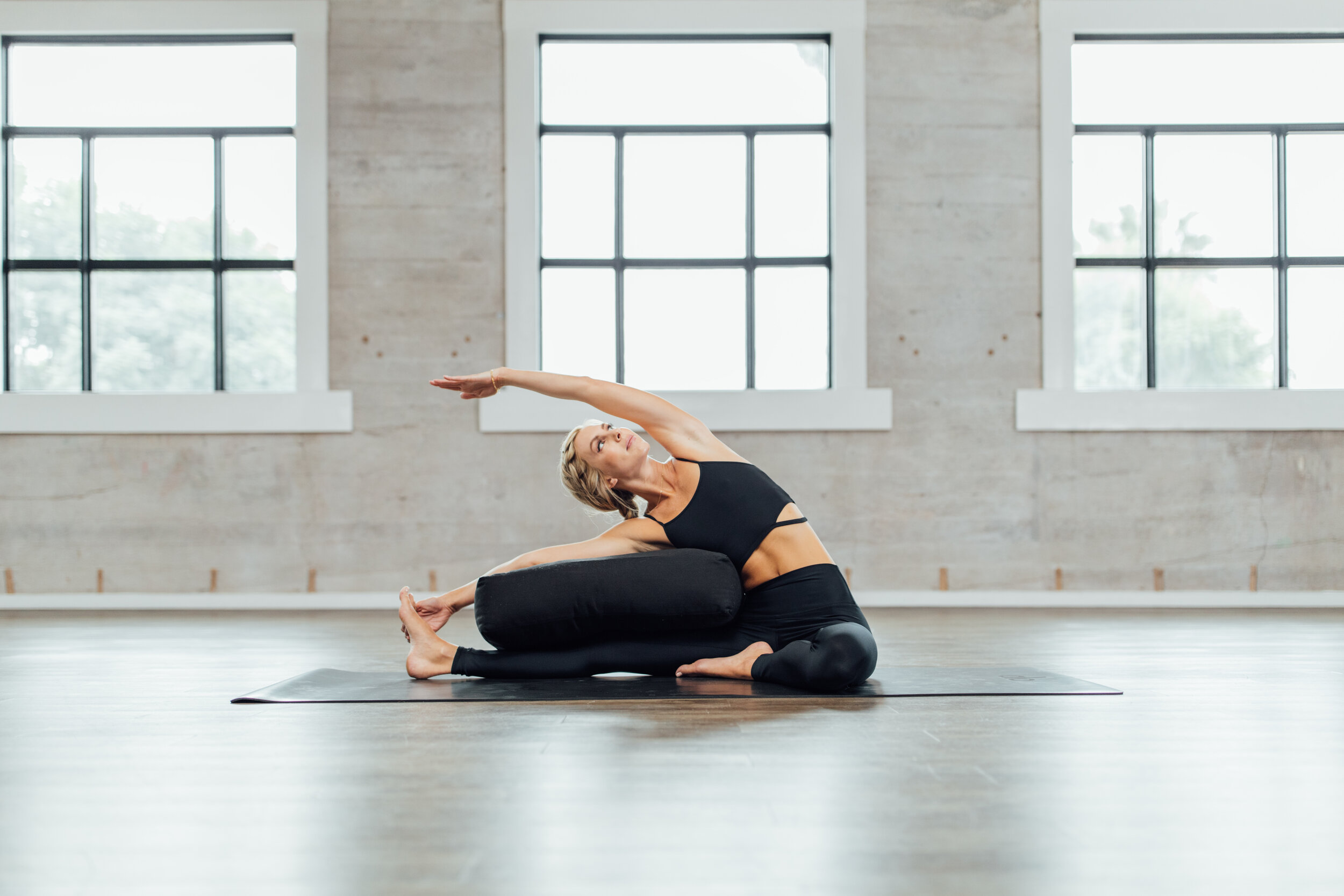Vata season is related with pre-winter. Similarly as we see the breeze blowing the hued passes on rational, the characteristics of air and ether become prevailing in our constitution. Paving the way to the vata season, this present time is an ideal opportunity to begin changing schedules and adjusting yoga groupings.
Days are getting more limited, once in a while we feel a freshness in the air, and we are starting to desire various food sources.
One of the thrilling parts of pre-winter is that the evenings are longer, giving us additional opportunity to feel contemplative and quiet normally. On the off chance that we attempt to battle that inclination by remaining as dynamic as we did in summer, we will feel out of equilibrium.
To begin moving from the warm headed long stretches of summer to the gentle long stretches of fall here are a couple of ways yoga can be of help.
Right now is an ideal opportunity to appreciate planning for longer night schedules, for example, fifteen minutes of substitute nostril breathing in addition to vata-assuaging yoga stances to assist us with beginning to progress our night schedule into one that upholds us for the season ahead.
A Fall Equinox Flow For Finding Your Balance
Substitute Nostril Relaxing
Sit in an agreeable position, overall quite tall without stressing.
Take a couple of profound midsection breaths and start to feel focused.
Get back to normal relaxing.
Hold out the right hand in Vishnu mudra: broaden all fingers, then twist the pointer and center finger down toward the center of the hand.
Close the eyes.
Breathe in leisurely.
At the highest point of the breath, delicately close the right nostril with the right-hand thumb.
Breathe out leisurely through the left nostril.
Keeping the right nostril shut with the thumb, breathe in leisurely through the left nostril.
At the highest point of the breathe in, discharge the thumb from the right nostril, close the left nostril with the right-hand ring finger.
Gradually breathe out through the right nostril.
Keeping the left nostril shut with the ring finger, breathe in leisurely through the right nostril.
Discharge the ring finger from the left nostril, close the right nostril with the right-hand thumb.
Breathe out leisurely through the left nostril.
That is one full round of substitute nostril breathing; each round starts and finishes with breathing out left. Practice this for ten to fifteen minutes at time. Among the many advantages of substitute nostril breathing are that it can cause unwinding by dialing back the breath, adjusting the halves of the globe of the cerebrum, and directing the progression of energy all through the body.
Mountain Posture with Sun Breath
Mountain Posture
Stand tall with feet together, confronting front.
Permit the arms to be down along the edges.
Draw in the feet so they feel associated with the earth.
Draw in the legs to be solid. Try not to lock the knees.
Be certain that weight is dispersed equitably front to back and side to side.
Permit the shoulders to be back and down, without stressing.
The jawline is somewhat down toward the chest so the rear of the neck is long.
The crown of the head highlights the sky.
The fingertips are locked in, pointing lower.
Feel the strength in the body, upheld by the earth and its energy.
Breath effortlessly.
Hold a watchful eye for five consistent breaths.
Add Sun Breath
Breathe in and bring the arms up and out to the sides, opposite to the body to bear level with palms overcoming.
When the arms arrive at shoulder level, face the palms up as you bring your arms up into a V up high.
Once the breathe in is finished and the arms are up in the air, then, at that point, start to breathe out leisurely.
On the breathe out, carry the arms down with palms up until the arms arrive at shoulder level.
Proceed the breathe out, turn the palms down as the arms return gradually to the sides.
Rehash sun breath in Mountain Posture multiple times, keeping the face loose, the breath without rushing, and the legs established onto the earth.
Toward the finish of this succession, emerge from the posture, tenderly move the arms and legs, and make any developments you really want to unwind from the work.
Five Pointed Star
Stand in Mountain Posture.
Breathe in leisurely while you step the right foot out to the side into a serenely wide position.
Arch the foot outward at 45-degree points from equal.
Lift the two arms up away from the body, calling attention to directly to each side, shoulder level.
The arms structure a "t" opposite to the middle, and the legs are separated in a "v" position.
Breathe out and turn the palms to confront front with fingers spread wide.
Inhale normally as you hold this stance.
Keep the knees delicate, not locked, as you feel the feet squeezing into the earth. Feel the energy ascending from the earth into the legs and out the arms through the fingertips.
As you stand tall with solid legs and arms, envision that you are sparkling like a star.
Hold a delicate grin as you take in and out through the nose effortlessly.
Hold this for five to ten breaths. Then, at that point, discharge the stance for a break.
Rehash this stance two additional times.
At the point when you are finished with the yoga practice that incorporates these stances make sure to rests in savasana for a few minutes to coordinate the training. In the event that have opportunity and energy, after savasana, practice reflection, as well.
FAQs
What does autumn represent in yoga?

One of the critical subjects of the Pre-winter Equinox is balance. With equivalent measures of sunlight and obscurity, this season is a suggestion to track down balance inside ourselves and our lives. In yoga, this equilibrium can be accomplished through actual stances that emphasis on establishing and centering.
What does autumn teach us about life?
Fall tells us the best way to embrace change in heavenly quality. It reminds us to acknowledge and stream with the change. Very much like the falling leaves you need to give up to push ahead, develop and recuperate. Times of progress and change are frequently laden with torment and emergency.
What is autumn spiritually?
Allegorically, it alludes to the reap of objectives and goals you set or planted when the year began and how those have been developing or developing. It is a great chance to consider what no longer serves you, what you really want to relinquish and needs to shrink.
What does autumn symbolize in human?
In fall, the developing cycle gives us readiness and development. The reap is related with overflow, flourishing and riches. People also experience an "fall". Assuming that spring addresses new birth and adolescence, and summer represents youth, fall addresses adulthood and development.

